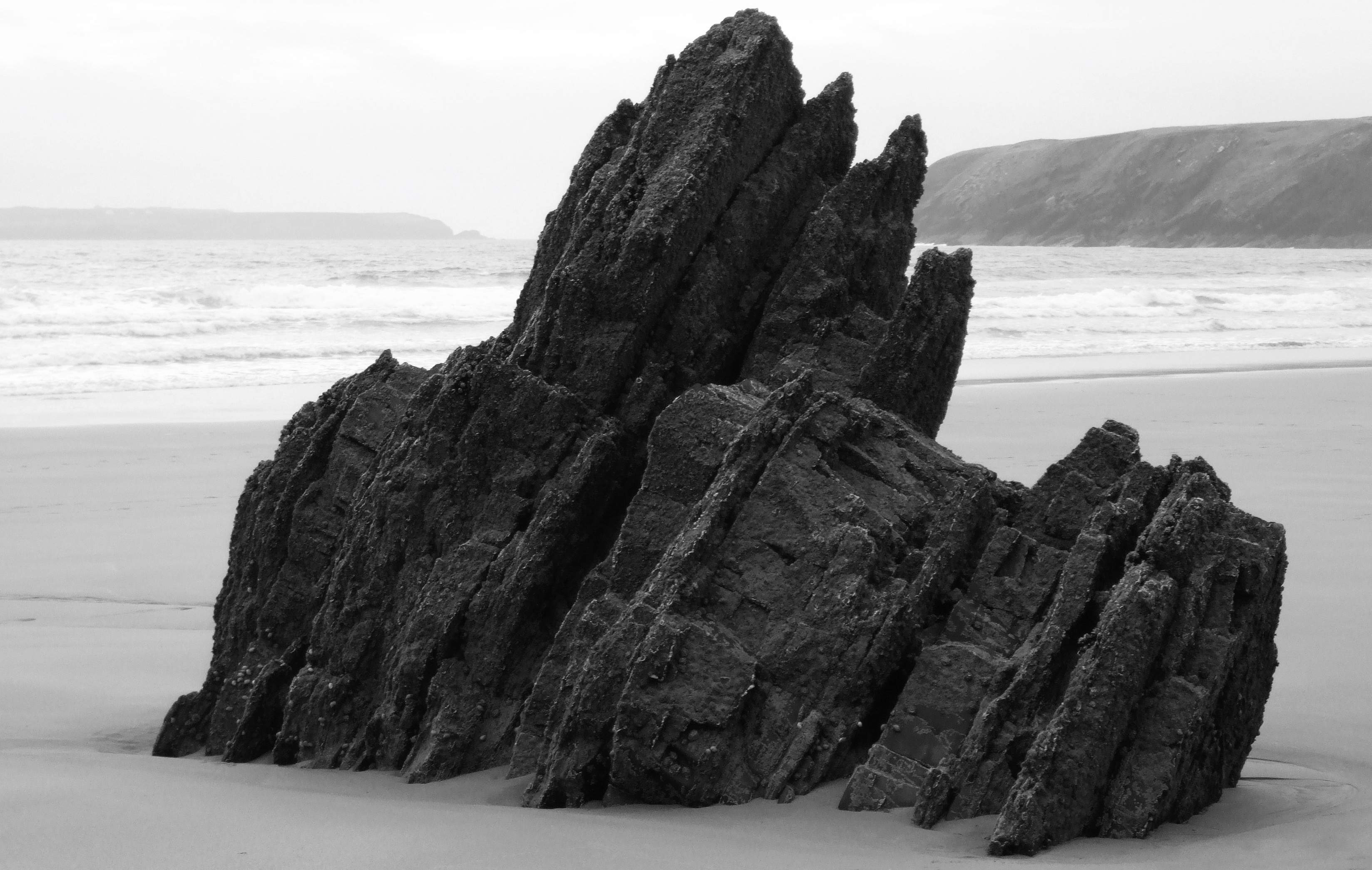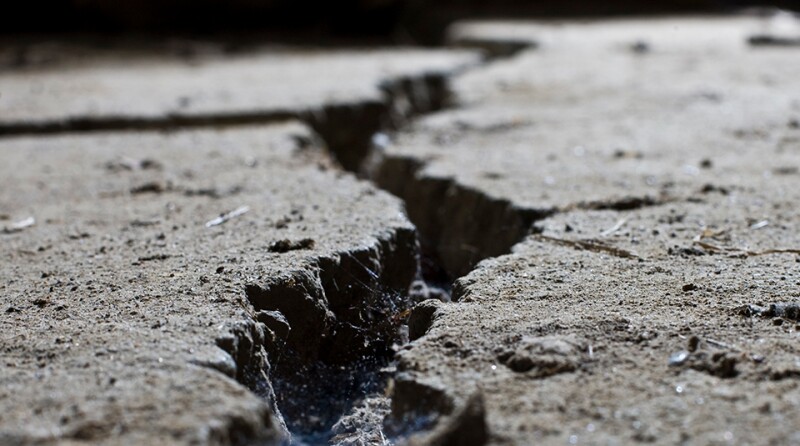Biography
John Cooney was born in Manchester. He read Music at Cardiff University, then studied composition at the Royal College of Music and Guildhall School of Music and Drama, with teachers including Simon Bainbridge, George Benjamin and Robert Saxton. This was followed by a period of private study with Magnus Lindberg in London and Paris. John also attended courses at the Britten-Pears School, Dartington Summer School and in Stuttgart, working with Colin Matthews, Oliver Knussen, Per Nørgård and Peter Eötvös
John’s music has been commissioned & performed by a wide array of soloists, orchestras and ensembles, including Simon Desbruslais, Melinda Maxwell, Lisa Nelsen, Gwenllian Llyr, Graham Caskie, Jac van Steen, BBC National Orchestra of Wales, London Sinfonietta, Scottish Chamber Orchestra, Nash Ensemble, Allegri String Quartet, Delta Saxophone Quartet, Chroma, Brunel Ensemble, Psappha & the Composers Ensemble. His music has featured in the Aldeburgh, Huddersfield, Spitalfields, Bath and Vale of Glamorgan festivals and has been recorded for NMC.
John’s work has received several awards, most notably the Royal Philharmonic Society Composition Prize, as well as awards from the Leverhulme Trust, PRS, British Council, Arts Council & the Japan International League of Artists. John has been Composer in Association with the Allegri String Quartet, Composer in Residence with the Scottish Chamber Orchestra, and has been elected an Honorary Associate of the Royal Academy of Music.
The music
Images of volatility, change and transformation often lie at the heart of John's music, reflected in works like the orchestral piece In these dark waters, the chamber piece On Shifting Ground, and Undertow, for large ensemble. It is often shaped by strong, dynamic contrasts, between movement/stasis, darkness/light, fragility/propulsion, and images like these have been the starting point for a number of recent works, such as Tendril, and Signs–Paths–Landscapes.
Texture and harmony are the driving forces in John’s work, with the surface of the music often dominated by shifting, kaleidoscopic textures underpinned by a clear yet malleable harmonic structure. This can be heard in works like Ellipse, Undertow and In these dark waters. Melody plays an important role too, with heterophony and other forms of melodic elaboration at the heart of several works, like the ensemble piece Songlines, the viola piece Shadow-line, & the early Saxophone Quartet.
Literature has become a frequent springboard for John’s ideas, seen in pieces like At the still point, Chasing Shadows and the ongoing Haiku series, with inspiration coming from the work of Philippe Jaccottet, Olav Hauge, Pablo Neruda, T.S.Eliot & Basho. More recently, the music has been increasingly influenced by the visual arts, particularly the work of Paul Nash, Jon Schueler, Paul Klee & Bridget Riley.

